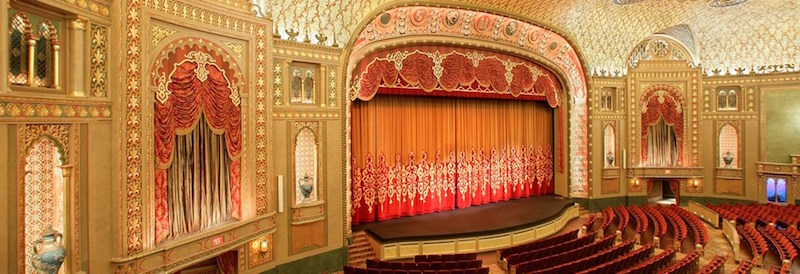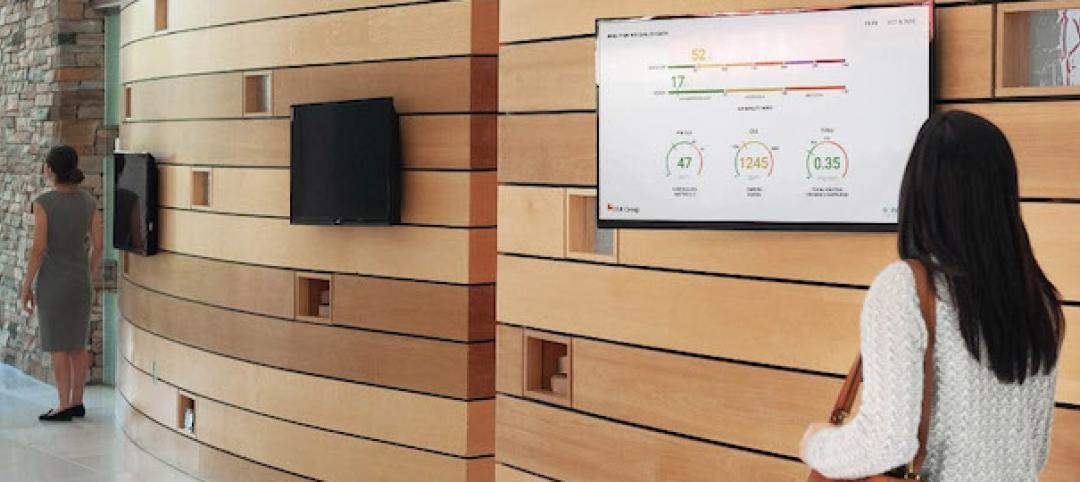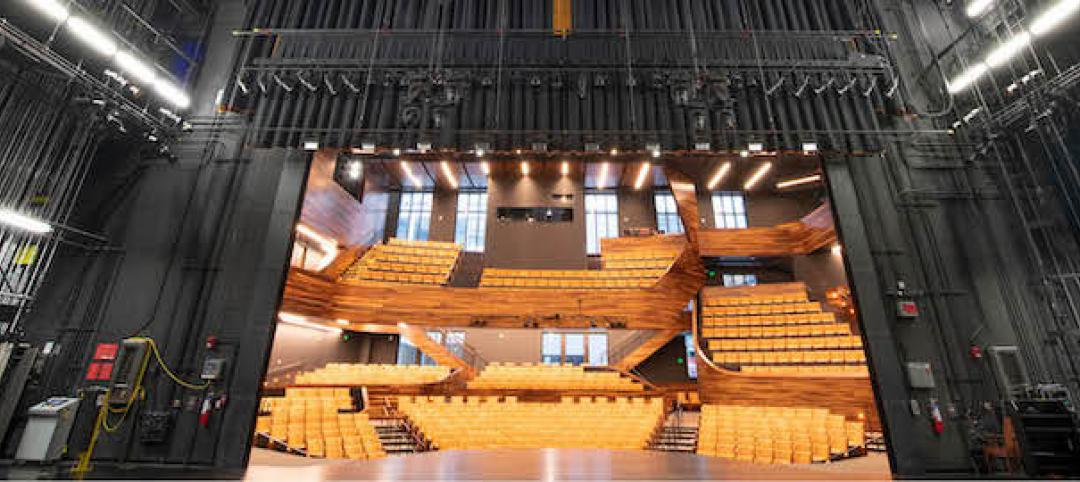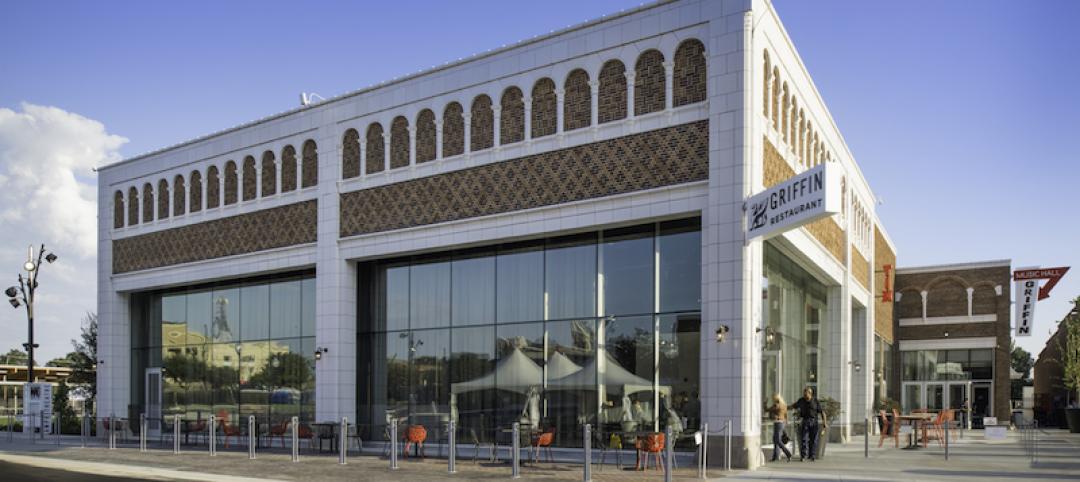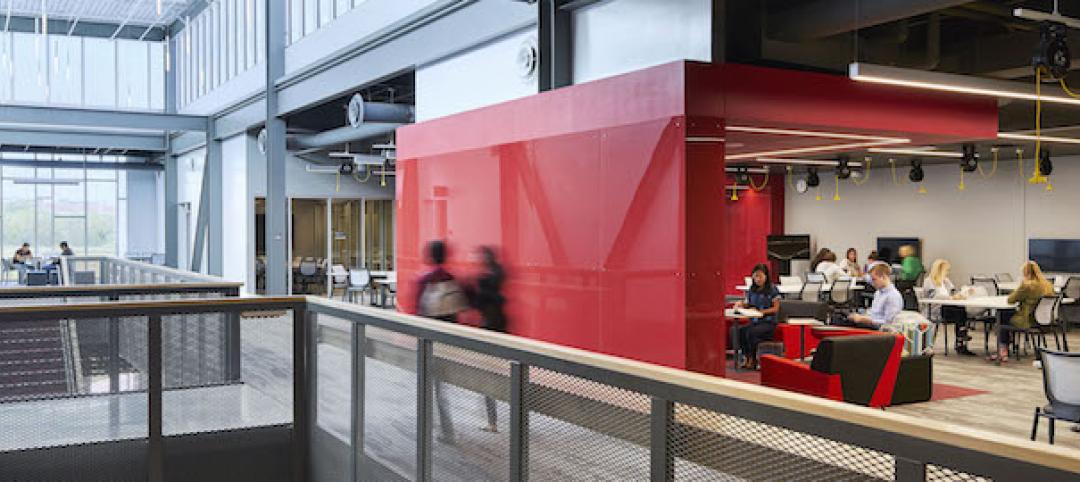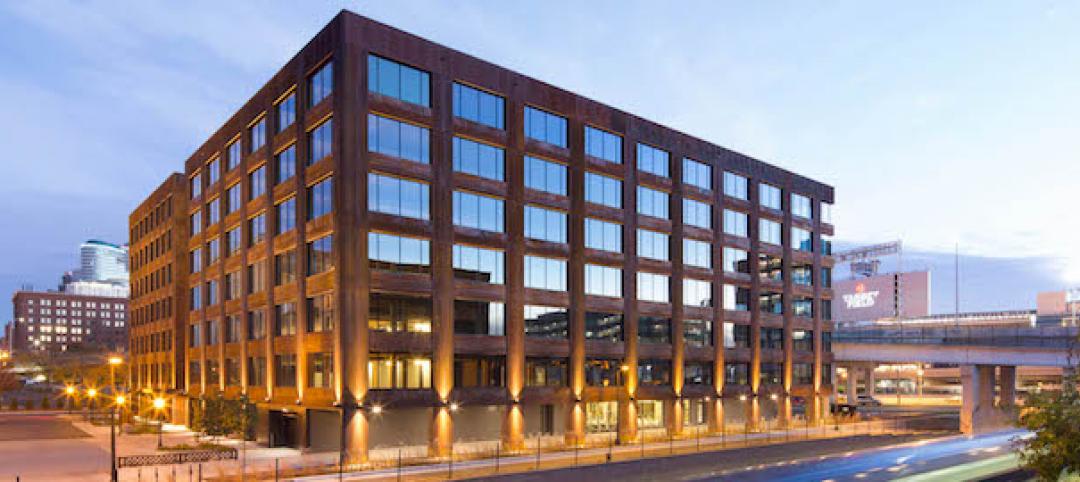More often than not, designing and renovating a building can be easier than actually funding the project. What many clients and developers, including non-profit, for profit, and government entities don’t realize is that they may be able to finance a substantial portion of the total project cost through relatively under-the-radar tax credits, one of which is a federal historic tax credit. Typically, people associate historic tax credits with designated landmarks or significant turn-of-the-century structures, but in reality, even a utilitarian 1960s warehouse could be eligible. In my experience, about 90% of the time prospective clients are not aware of this mechanism—and this is something we bring to the table.
Understanding the Process
A project can qualify for a 20 percent credit of qualified rehabilitation expenses—both hard and soft costs—if the building is either listed on the National Register of Historic Places, or certified as contributing to a historic district. Yet a building need not be a century old to be eligible, nor must it be already listed. For listing, it needs to be at least 50 years old—thus, predating 1967—which means that many of the buildings across the country today are actually candidates for this program. Consider that the majority of building stock was constructed in the ‘50s and ‘60s in the post-WWII expansion related to the Baby Boom. Think Brutalist buildings on university campuses or modern landmarks by the likes of Mies van der Rohe, Minoru Yamasaki, Louis Kahn, and Marcel Breuer.

Our team is accustomed to taking on the major legwork of what is really a three-stage process, from applying for listing in the Register to certifying the completed project for the tax credits. Part One is the nomination for listing in the National Register. If approved, Part Two is developing a program and design for the building, documenting the changes needed to make the building functional, operational, efficient, and aesthetically appealing, while also detailing which existing historic elements will be retained or restored. Before any work can commence, these documents require approval by the State Historic Preservation Office under advisement of the National Park Service (NPS). It is worth noting that old buildings that do not attain listing in the Register can still earn a 10 percent tax credit.
Once construction is complete, it’s on to Part Three: The NPS reviews and certifies that everything was done in accordance with the documents from Part Two. This final step can sometimes throw a wrench at practices less knowledgeable or experienced in this tax program, but our team has never been in a situation where tax credits were denied in Part Three. Even if there were instances where items of controversy emerged in the final review, we’ve been able to make minor adjustments to obtain final approval.

Stretching the Dollar and Tax Credits to Do More
We have used this expertise to go even further, as in the case of the recently opened Murphy Arts District in El Dorado, Arkansas. When a former client asked me to review plans for a single building renovation proposed by a different architecture firm, I reviewed them pro bono and informed him that by changing the approach to the building, simplifying it, and using tax equity, he could do much, much more.

“With the money you’re saving, you can go in and convert other buildings in the neighborhood and make more than just a historic theater,” I advised. There was a 1930s auto dealership and filling station that could be renovated as a 3,000-seat music facility, restaurant, and cabaret. The McWilliams Furniture Building, which was an empty warehouse, could be a museum. A shoe repair shop could become a bar and concessions to support this area. All of these could use the tax credits, but none of them were on the National Register. Thankfully, we knew how to do that.
Leveraging More Credits
In addition to the federal tax credits, projects may be able to also utilize state tax credits and new market tax credits. The combination of these three sources has yielded as much as 44 percent of capital requirements for projects, such as the renovation of the Tennessee Theatre in Knoxville, Tennessee. In the end, by obtaining somewhere between $16 and $20 million in tax credit equity, the client was able to mobilize a district encompassing eight historic buildings. That’s where you can do something transformational. And that’s where this program becomes really important to our practice, our clients, and the cities where projects reside because without this mechanism, we’d have entirely different results.

More from Author
DLR Group | Jan 8, 2024
DLR Group adds executive leaders
DLR Group Chief Executive Officer Steven McKay, AIA, RIBA, announced new executive leaders for the 100% employee-owned, globally integrated design firm.
DLR Group | Nov 30, 2023
A lasting housing impact: Gen-Z redefines multifamily living
Nathan Casteel, Design Leader, DLR Group, details what sets an apartment community apart for younger generations.
DLR Group | Nov 6, 2023
DLR Group opens office in Nashville, Tenn.
DLR Group is expanding its presence in the Southeast with the opening of an office in downtown Nashville, Tenn.—a collaborative effort led by DLR Group Principals Matthew Gulsvig, AIA, LEED AP, and Randall Coy.
DLR Group | Jan 27, 2021
Selecting indoor air quality monitors to maintain healthy spaces
In searching for an indoor air quality monitor, most devices will measure a combination of temperature, relative humidity, carbon dioxide, particulate matter, and total volatile organic compounds.
DLR Group | Sep 1, 2020
The rise of inquiry-based learning in K-12 communities
Inquiry-based education offers a methodology that does not rely solely on the educator being the lead in all learning.
DLR Group | Aug 31, 2020
Reopening campus performance arts centers
Live productions, which offer students the opportunity to hone their skills with true audience feedback, currently pose health risks for students and faculty.
DLR Group | Jun 11, 2019
The power and possibility of adaptive reuse
Building reuse generally offers greater environmental savings than demolition or new construction.
DLR Group | Apr 29, 2019
A look ahead to learning in 2050
Fast forward to the year 2050 and beyond, and imagine what education looks like.
DLR Group | Aug 31, 2018
The building data analytics revolution in three acts
Increased transparency of operational building data is impacting accountability.
DLR Group | Jul 2, 2018
Data, Dynamo, and design iteration
We’re well into the digital era of architecture which favors processes that have a better innovation cycle.

